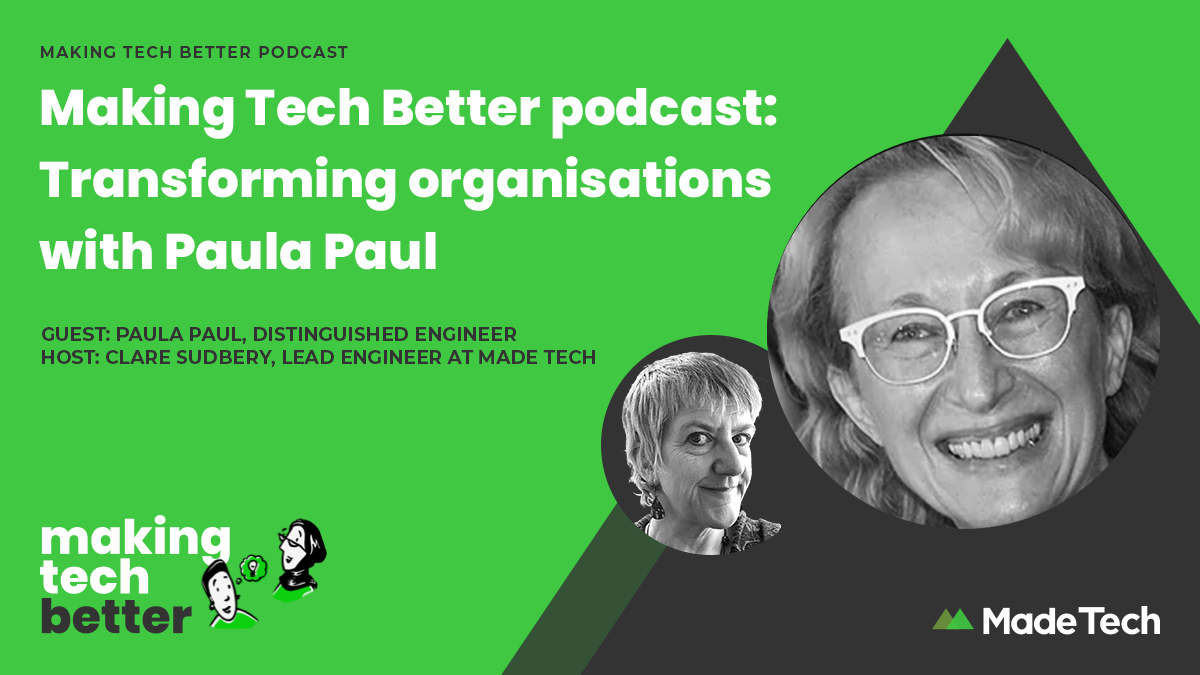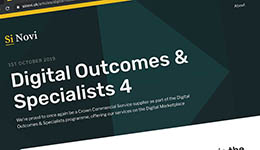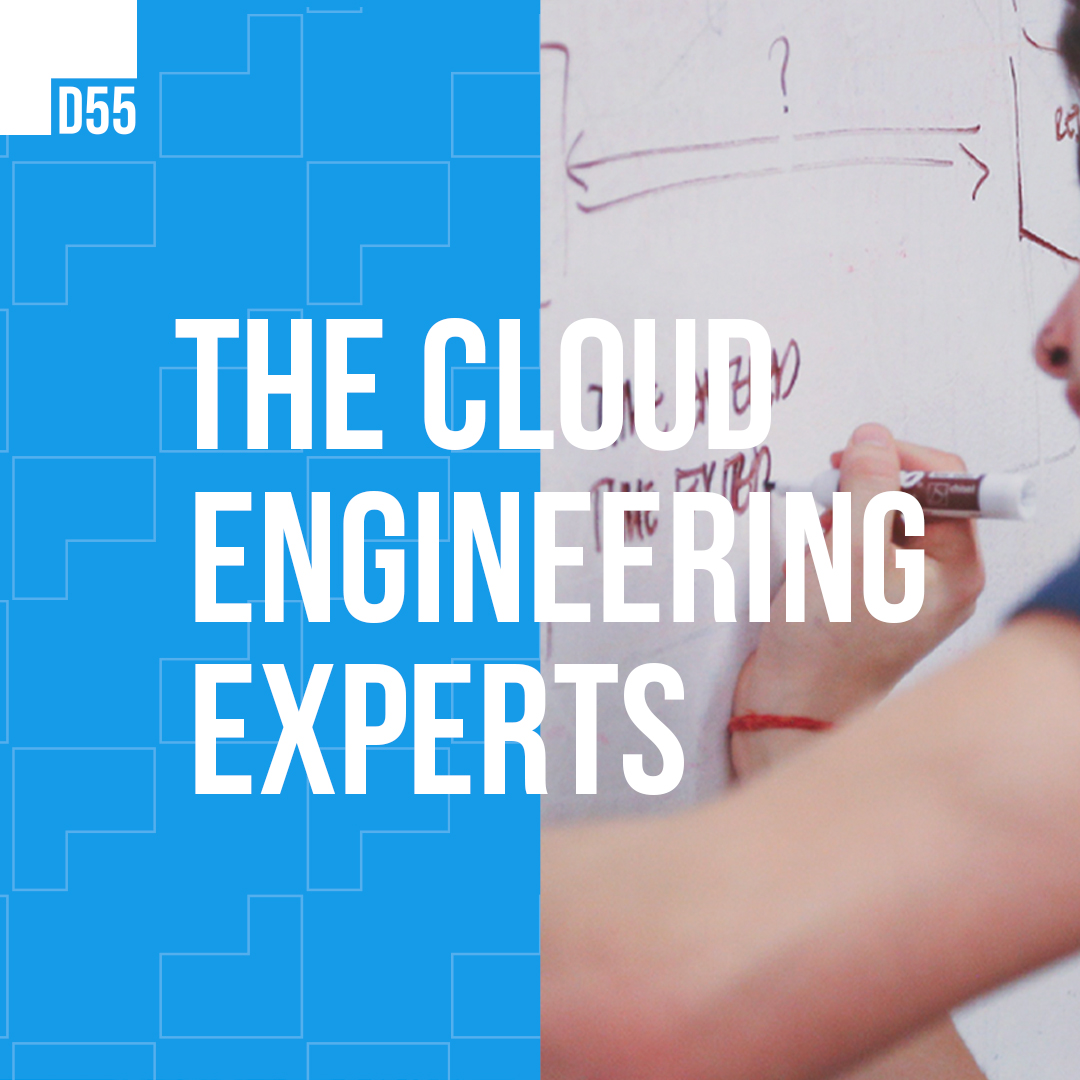
Modernisation is a key part of existence as humans. Over the course of our lifetimes, we’ve seen technology transform every aspect of our daily lives, from smaller things, such as how we consume entertainment, to bigger things like travel and ways of working.
Often this step change in how we do things, like watch TV from the palm of our hand, can be revolutionary. But sometimes, this change can be uncomfortable — particularly when it changes how we work.
But why do organisations need to modernise, and what kind of things do they need to consider before doing so? In our second episode, Clare chats with Distinguished Engineer Paula Paul. Paula’s career spans four decades of helping organisations modernise. Hit play below to listen, or keep reading for three key takeaways from their conversation.
Modernisation methods evolve over time — but it looks a lot like moving things around
As a modernisation expert, Paula has spent her career helping people simplify the way they work. But in the 80s, that looked very different to how it does now.
“When I look back in time, everything that I’ve done in software engineering has been for modernisation of something,” she reflects. “My very first job at IBM was moving people from mechanical drafting boards, pen, and T-square to CAD systems — that’s modernisation.
“We have a better way of doing things now [but] to me, it is still about changing the way of working and adopting better ways of working,” she adds. “I feel as though a lot of modernisation has always been about moving something somewhere.”
Modernisation is a process that includes people, too
Clare comments that companies may sometimes approach modernisation for the wrong reasons, such as in response to scaling problems.
Paula agrees, adding that organisations undergoing modernisation need to focus on the adaptive changes that their people experience as well as their tech. “I always say that the technology is the easy part, and having the people think about their roles differently is quite complicated. That’s an adaptive process. Technical problems tend to have a very concrete solution; adaptive problems require change of people and thinking.
“If the people involved don’t change their ways of working, it’s often treated the same way as existing systems, and fall back into the same problems of release cycles and slow change,” she adds. “So again, it’s technology plus people — [that’s] the holistic solution.”
Digital transformation isn’t about a ‘big bang’ moment
Clare notes that often, organisations can have a “big bang” approach to the process of modernisation. “Instead of trying to change it, you just throw it away and replace it,” she says. She adds that this is not only risky, but costly and time consuming. Instead, she usually recommends that clients replace their system piece by piece in an iterative way. This means that over time, organisations build a new system over the top of their old one. This is known as a strangle pattern.
Paula agrees, adding that to find a starting point, organisations must consider their goals and what generates value for them. Then, they can solve both the technical and adaptive problems, and gradually introduce new ways of working.
Stay tuned for more great conversations every two weeks, and subscribe on Spotify, Apple, or Google for the latest episodes. If you’ve got a suggestion for a guest or some feedback you want to share, fill in our short survey here.
If you liked this content, check out our three key takeaways from episode one featuring guest Jessica Kerr.







